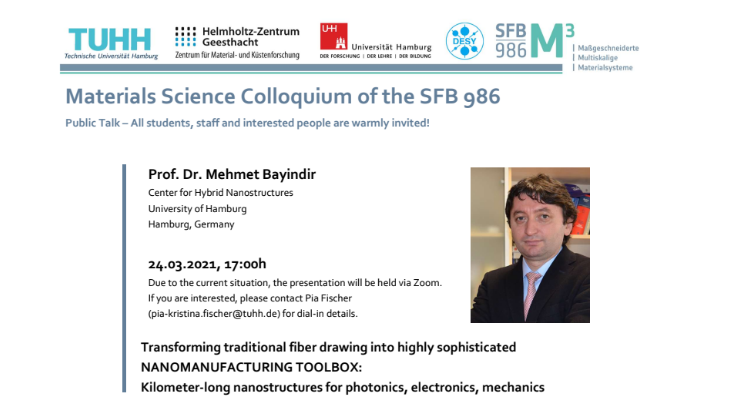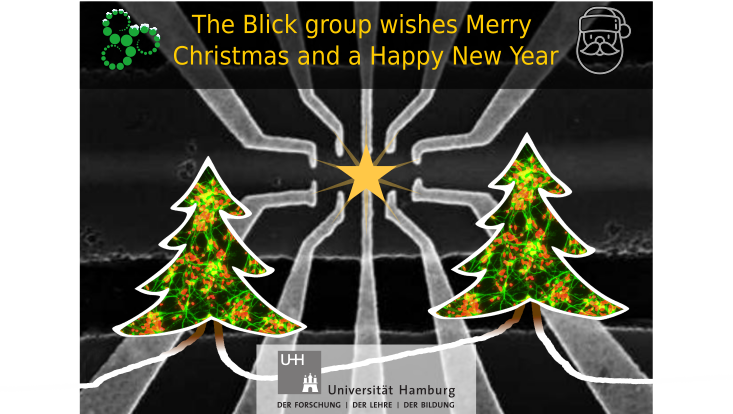and Solid State Physics
New Publication (Co-authorship):“Effects of processing parameters on 3D structural ordering and optical properties of inverse opal photonic crystals produced by atomic layer deposition” in International Journal of Ceramic Engineering & Science
3 July 2019
A joined publication “Effects of processing parameters on 3D structural ordering and optical properties of inverse opal photonic crystals produced by atomic layer deposition” led by Dr. Janßen and his reseach team within the framework of the SFB986 is accepted and now in an early-view-stage at International Journal of Ceramic Engineering & Science.
Abstract:
Vertical convective self‐assembly has been extensively used for the preparation of direct photonic crystals, which can be later infiltrated with a more stable material, such as oxide ceramics, by atomic layer deposition. However, the relationship between the self‐assembly parameters of the direct photonic crystals and the optical properties of the inverse opal photonic crystals remains elusive. In this work, the effect of different experimental parameters on the 3D structure and defects density of polystyrene direct photonic crystals produced by vertical convective self‐assembly was assessed. Self‐assembly was investigated using deionized water as media with polymer particles’ concentrations up to 2 mg/mL, temperatures of 40, 50 and 80°C and relative humidity of 45, 70 and 90%. The 3D structure of the resultant direct photonic materials was characterized by the combination of scanning electron microscopy and image analysis, and their optical properties was assessed by reflectance measurements. These results were correlated with the performance of oxide‐based inverse opal photonic crystals produced by the controlled infiltration of the former direct photonic crystals by atomic layer deposition (ALD). It was found that the thickness increased with the concentration of polystyrene particles, while the photonic structure ordering is dependent on the synergy between humidity and temperature. Results also showed higher defects population with increasing evaporation temperature and decreasing relative humidity.


